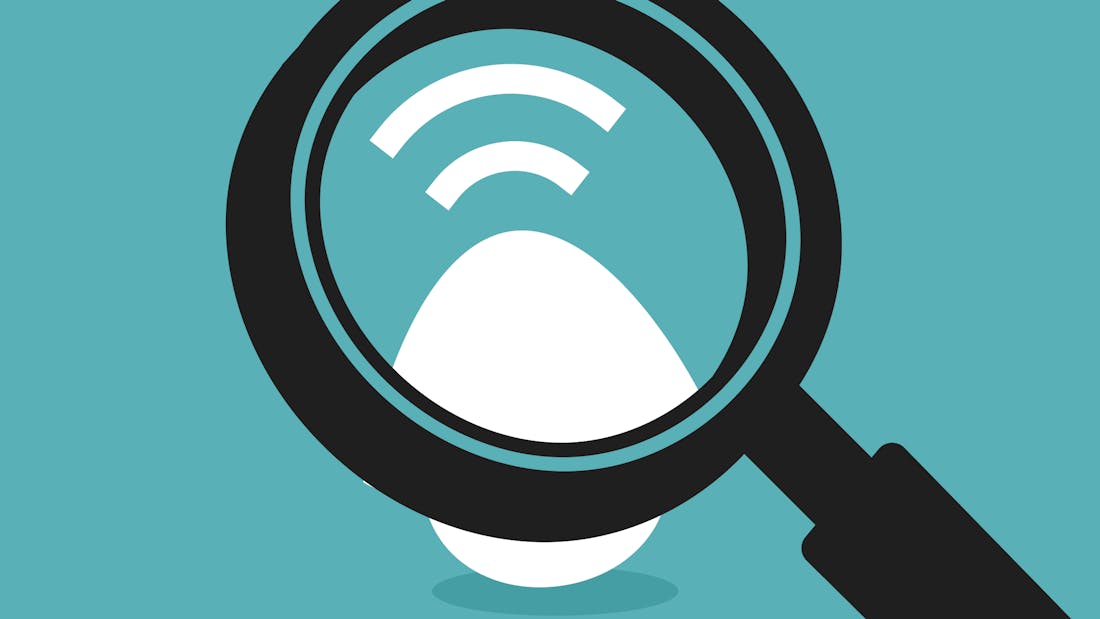
- guideBroadbandHow stuff worksWorking From Home
What broadband speeds do you need to work from home?
Remote working can have many advantages; better work/life balance, less time commuting, more time with your pets! But if your internet speeds aren’t up to scratch, you could face awkward laggy video calls or painfully slow file downloads



